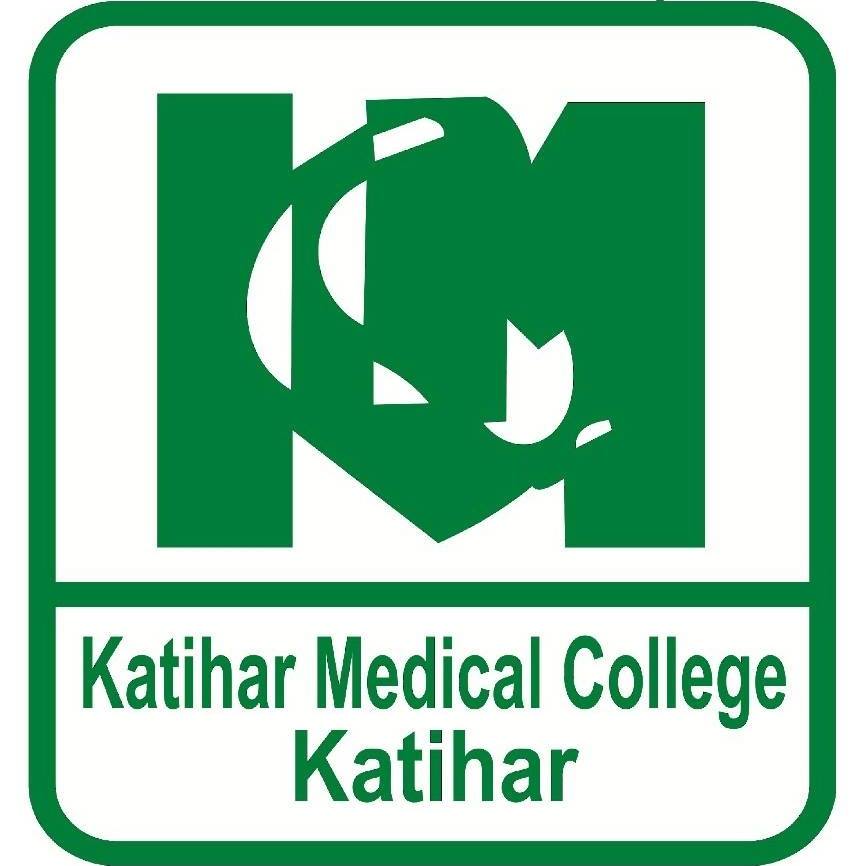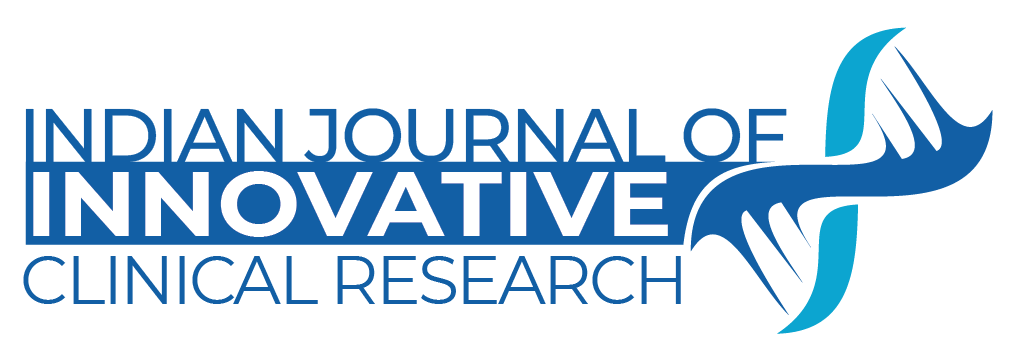Journal Menu
- Home
- Aims & Scope
- Editorial Board
- Article Preperation Guideline
- Online Submission
- Articles Early View
- Current Issue
- Archive
- Membership
- Reprints
EVALUATION OF URINARY COMPLICATIONS AND DRUG-INDUCED EFFECTS IN THE UROLOGY DEPARTMENT OF A TERTIARY CARE HOSPITAL
Article Information
Introduction: Urological complications are a significant cause of morbidity, often influenced by underlying conditions and drug-induced effects. Understanding the patterns of admission, complications, and treatment strategies is crucial for optimizing patient care in the Urology Department of tertiary care hospitals. This study aimed to evaluate the reasons for admission, urinary complications, drug-induced effects, therapeutic approaches, and surgical interventions in the Urology Department of a tertiary care teaching hospital.
Methods: This prospective observational study was conducted over six months on 160 patients admitted to the Urology Department. Data were collected using a patient chart review method and a specially designed urology questionnaire. Inclusion and exclusion criteria were strictly adhered to. Descriptive and inferential statistics were employed to analyze the data.
Results: The most common reasons for admission were kidney stones (28.1%) and UTIs (21.9%). Drug-induced complications such as bladder irritation (25%) and urinary retention (21.9%) were prevalent. Urinary incontinence (25%) and recurrent UTIs (21.9%) were the leading urinary complications. Alpha-blockers (37.5%) and antibiotics (25%) were the most commonly prescribed drugs, with Tamsulosin (31.2%) being the most frequently used. Surgical interventions included ureteroscopy (25%) and percutaneous nephrolithotomy (18.8%), primarily for managing kidney stones and obstructive conditions.
Conclusion: The study highlights the high prevalence of obstructive and infectious urological conditions, alongside significant drug-induced complications. Effective management strategies, including preventive measures, personalized pharmacotherapy, and minimally invasive surgical interventions, are essential for improving patient outcomes.


